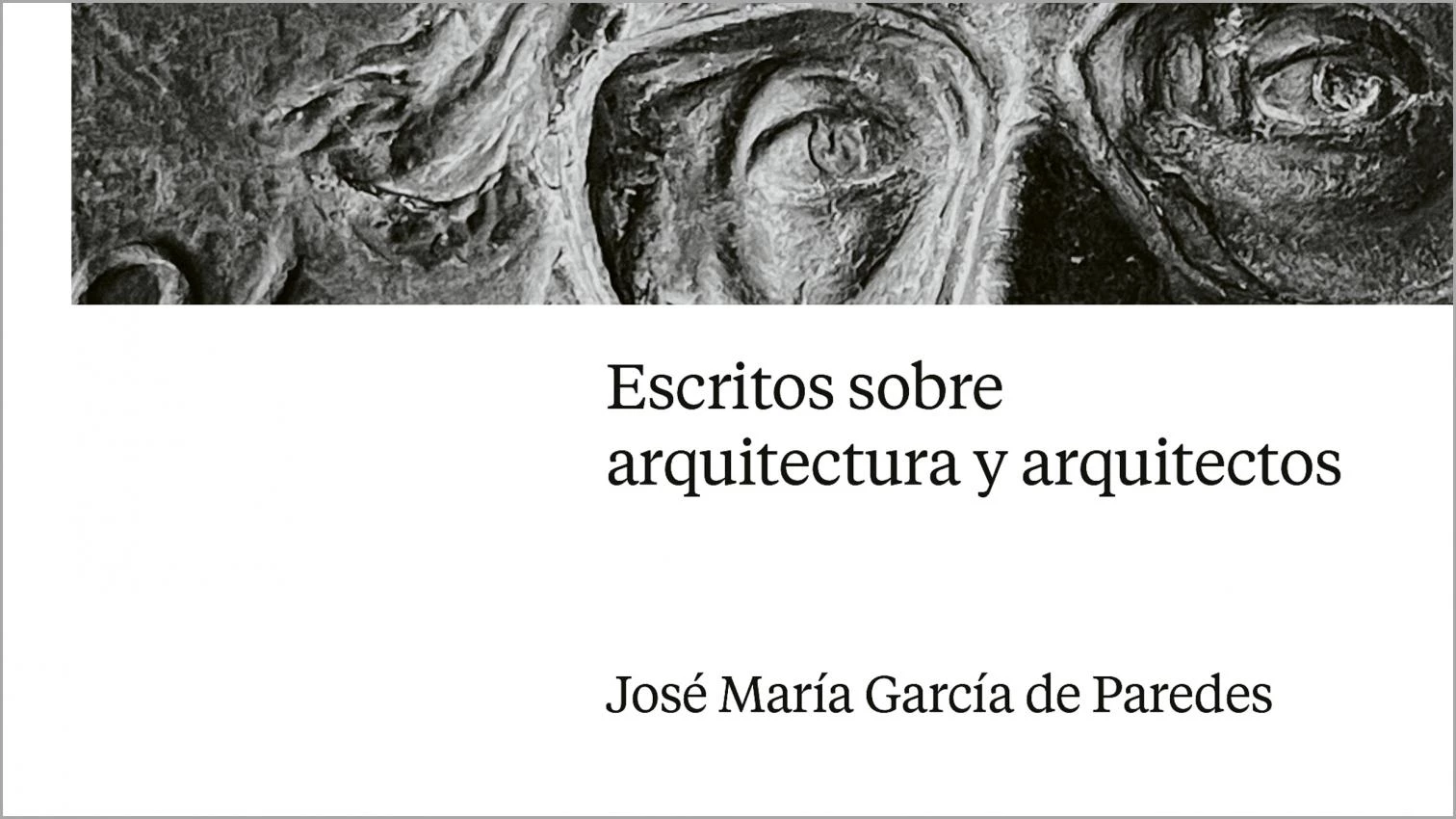
Taxonomy by generations and the observance of centenaries are superstitions of statistical thought, but keep our memory and sense of justice awake, especially when honoring figures whom fashions consign to limbo.
This is not fully the case of José María García de Paredes. Born in 1924 and a member of the generation that did not “do the war” but gave the best of itself to Spain’s postwar development, García de Paredes did not experience those critical turns of fortune that sometimes lead architects from everything to nothing. He did not bask in acclaim like De la Sota, Coderch, or Sáenz de Oíza, but since his death in 1990, respect for his work has grown, perhaps because he is mostly remembered as an expert in auditoriums – which is of course a simplification.
Like other architects of his generation (if the term can at all be applied to a group as diverse as that of the likes of Julio Cano Lasso, Federico Correa, Luis Peña Ganchegui, Oriol Bohigas, Antonio Fernández Alba, and Rafael de La-Hoz, with the latter of whom he built the Colegio Aquinas, an excellent opera prima), García de Paredes had to navigate the exciting but confusing period during which Spanish architectural modernity was going up on very different fronts. The war had derailed the logic of generations, and Mies van der Rohe and Le Corbusier arrived almost in time with Aalto, Jacobsen, Zevi, and Gardella, all this amid economic and social pressures that called for earnest commitment. So García de Paredes’s generation, eclectic out of necessity, had no choice but to simply get to work: it was in action, not in reflection, that it bore its best fruits. Though not so much in Bohigas, even less in the graphomaniac Fernández Alba, such calling to leave aside the pen (the fountain pen then) and concentrate on practicing the profession defined Cano Lasso, De La-Hoz, and García de Paredes, and this partly explains why it is so hard to retrieve their profiles in all their complexity, as authors who were simultaneously creative and intellectual, in the final analysis fully architectural.
Books like this assortment of texts, modestly titled ‘Writings on Architecture and Architects,’ help to bring out the less known facet of García de Paredes as a thinker, while evoking the peculiar architectural mood of his time. While the account of his stint at the Spanish Royal Academy in Rome shows a young professional exploring history and gaining firsthand familiarity with novelties of the world scene, his answers to surveys conducted for Hogar y Arquitectura reveal a quest to reach society through ‘integration of the arts’; the same quest that brought him close to others mentioned in the book, such as Oíza or the painter Carlos Pascual de Lara. For its part, an early interest in history led him to care for the cultural landscapes of Madrid and especially Granada, a city embodying the architect’s personal and creative ties to Manuel de Falla and music. These connections to history, art, and music are what make García de Paredes exceptionally representative of the more noble part of a now so disfigured and discredited occupation.







